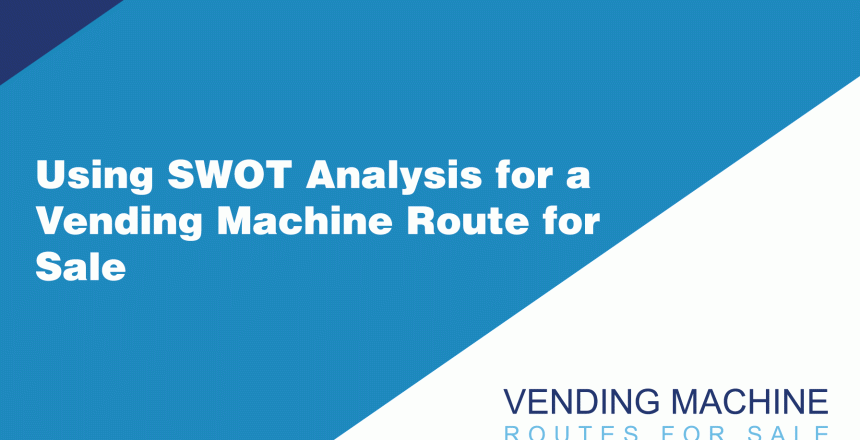Introduction
When considering the purchase of a vending machine route for sale, conducting a SWOT analysis is an essential step. This strategic planning tool helps in evaluating the Strengths, Weaknesses, Opportunities, and Threats associated with the vending machine route. It offers a structured approach to understanding both the internal and external factors that can influence the success of your potential investment.
1. Identifying Strengths
- Operational Advantages: Evaluate what sets the vending machine route apart, such as prime locations, high foot traffic areas, exclusive product offerings, or advanced vending technology.
- Internal Resources: Consider the efficiency of current operations, the condition of the vending machines, and existing customer relationships.
- Performance Metrics: Review past sales data, profitability, and market position in the areas served.
Example: A strength of a particular vending machine route for sale might be its presence in high-demand locations like colleges or business complexes.
2. Assessing Weaknesses
- Operational Limitations: Identify any operational challenges like outdated machines, inefficient restocking processes, or high maintenance costs.
- Financial Health: Analyze aspects like inconsistent revenue streams or potential hidden costs.
- Customer Feedback: Look for any recurring customer complaints or issues related to the vending machines or product selection.
Example: A weakness might be a reliance on older vending machines that require frequent repairs.
3. Exploring Opportunities
- Market Trends: Research emerging trends in the vending industry, such as the rising popularity of cashless payment systems or healthy snack options.
- Expansion Potential: Consider opportunities for expanding the route, adding more machines, or upgrading to newer models.
- Strategic Alliances: Think about potential partnerships with product suppliers or locations for additional machines.
Example: An opportunity might be the expansion of the route into newly developed commercial areas.
4. Evaluating Threats
- External Challenges: Look out for factors such as new competitors entering the market, changes in consumer preferences, or regulatory changes affecting vending operations.
- Supplier and Location Dependence: Assess risks related to the reliability of suppliers or changes in the terms of location contracts.
- Technological Shifts: Stay updated on technological changes that could affect the vending machine industry.
Example: A threat could be the introduction of a competing vending machine route in the same areas.
5. Analyzing and Planning
- Linking SWOT Elements: Draw connections between different elements of the SWOT analysis to form strategic plans. For instance, use strengths to seize opportunities or address weaknesses to mitigate threats.
- Formulating Strategies: Develop actionable plans that leverage the route’s strengths, capitalize on opportunities, improve weaknesses, and protect against threats.
6. Continuous Evaluation
- Dynamic Nature: Regularly update your SWOT analysis to reflect changes in the market and operational conditions.
Conclusion
A SWOT analysis is a valuable tool when evaluating a vending machine route for sale. It provides a clear picture of the route’s current standing and potential future prospects. By carefully assessing strengths, weaknesses, opportunities, and threats, you can make a well-informed decision and strategize for long-term success in the vending machine industry.
